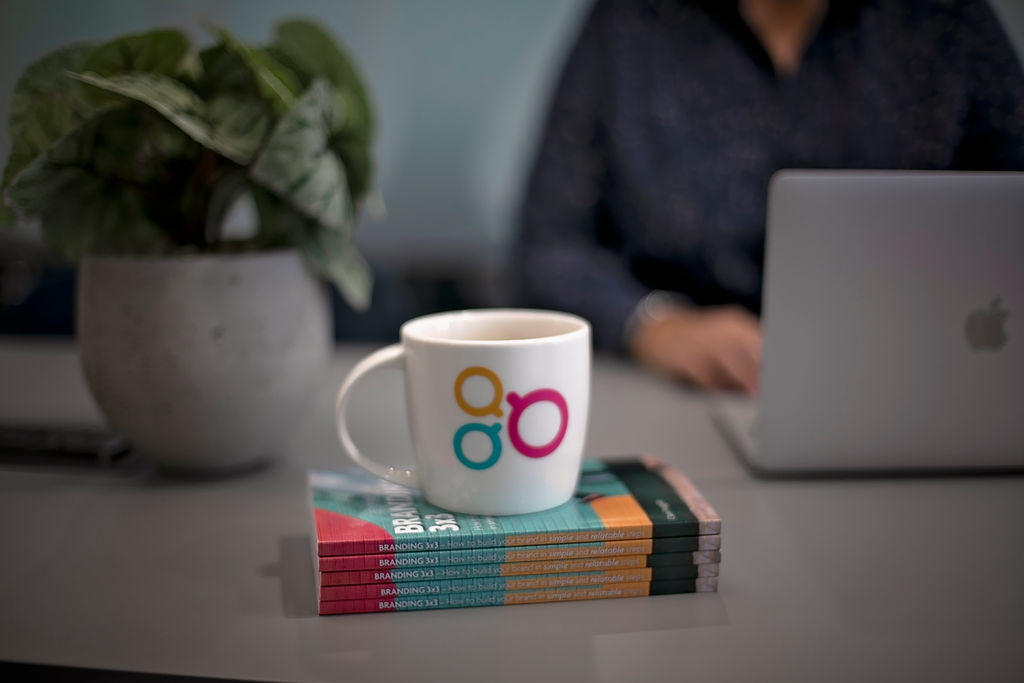Brand identity is the face of a brand. It includes logos, fonts, colours, and everything they’re used on. It compliments and aides the development of your brand’s reputation.
Brand identity attracts customers and helps to build loyalty to transform them into brand ambassadors that return time and time again.
A brand identity must be consistent.
It is representing and reinforcing your company’s voice. The message portrayed by a brand’s identity should be clear, and it needs to be consistent no matter where it’s used, in what context, or how many times it’s seen.
Below are seven key design elements you need to create a brand identity that is strong, consistent, and attractive.
The key elements of brand identity
How is your brand visually represented? Developing your brand identity is the fun bit, the bit that everybody thinks of first when they imagine marketing a brand.
There are a huge range of elements that combine to create a strong and consistent brand identity. These usually include (but most definitely not limited to);
Positioning
Brand positioning is the term for targeting who your product is for and why your product is a better option than the competitors.
Market research
One of the best ways to conduct market research is to simply talk to people. Phone interviews with customers allows for detailed discussions and places a helpful emphasis on the human element of research. Mystery shopping your competitors will provide you with a wealth of useful information on what’s currently being offered.
Brand personality
Brand personality is an important consideration. It will shine through in every part of your brand identity if you get it right. Many companies don’t consider their business to have a personality, but it should and MUST. If the personality isn’t consistent, customers will get confused and have trouble making a connection with your brand.
Logo
Your logo is pivotal to your brand identity. It’s the part of your brand that people will see the most often. It needs to align with all the elements of your business’s personality, culture and speak to your target market.
Colour
You should have a colour palette for your brand. This will give you a small number of defined colours to use consistently on everything you create to represent your business on and offline.
Brand identity – “the outward expression of a brand, including its trademark, name, communications, and visual appearance”
Typography
Fonts or typefaces are powerful and, in our opinion, make or break your brand identity. You should work with one typeface to lead your brand design and have one or two other complimenting fonts which can also be used in supporting marketing materials.
Marketing materials
Consistently representing your brand and communicating with your customers both on and offline might include your website, stationery design (letterheads, business cards etc) marketing materials (flyers, leaflets, brochures), digital templates (invoices, quotation documents, PowerPoint slides) and social media imagery.
Supporting brand assets
We live in a multimedia world, so a big part of creating a brand identity is an extended visual library that includes supporting graphics, design assets, icons and images.
Brand guide
Creating a brand guide that covers multiple elements of brand design will help streamline the production of marketing materials and ensure consistency across all products, services, branches and companies in the group. Think Virgin. It doesn’t matter whether its Money, Broadband, Mobile… you instantly know it’s the same company!

